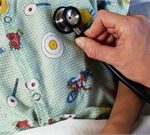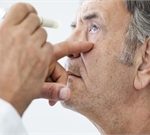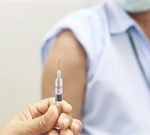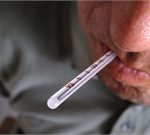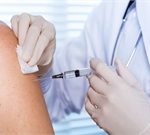
THURSDAY, Sept. 17, 2020 (Healthday News) — The details of a plan to rapidly deliver a future coronavirus vaccine to Americans were unveiled by federal officials on Wednesday. Two of the key parts of the plan are to begin distributing a vaccine with 24 hours of any approval or emergency authorization and offering the vaccine for free, The New York Times reported. Officials from Operation Warp Speed — the multiagency effort to quickly vaccinate Americans against coronavirus — also said the timing of a vaccine was still unclear, the Times reported. That despite repeated statements from President Donald Trump that a shot could be ready before the election on Nov. 3. “We’re dealing in a world of great uncertainty. We don’t know the timing of when we’ll have a vaccine, we don’t know the quantities, we don’t know the efficacy of those vaccines,” Paul Mango, the deputy chief of staff for policy at the U.S. Department of Health and Human Services, told the Times. “This is a really quite extraordinary, logistically complex undertaking, and a lot of uncertainties right now. I think the message we want you to leave with is, we are prepared for all of those uncertainties.” Who will get the vaccine first? Initial distribution of a vaccine, possibly on an emergency basis, would to a limited group of high-priority people, such as… read on >











